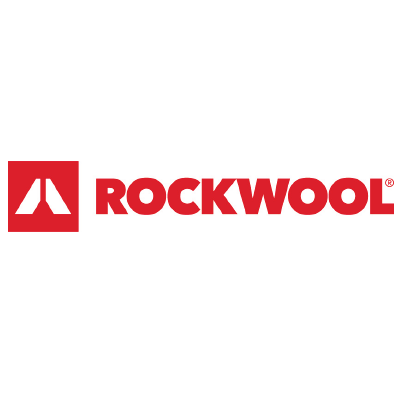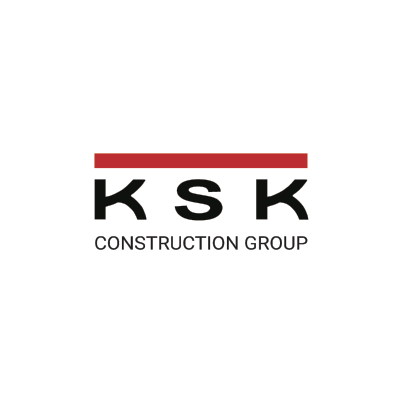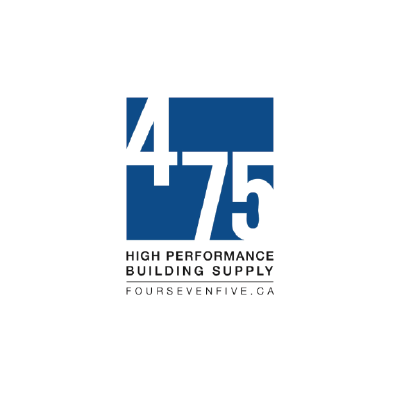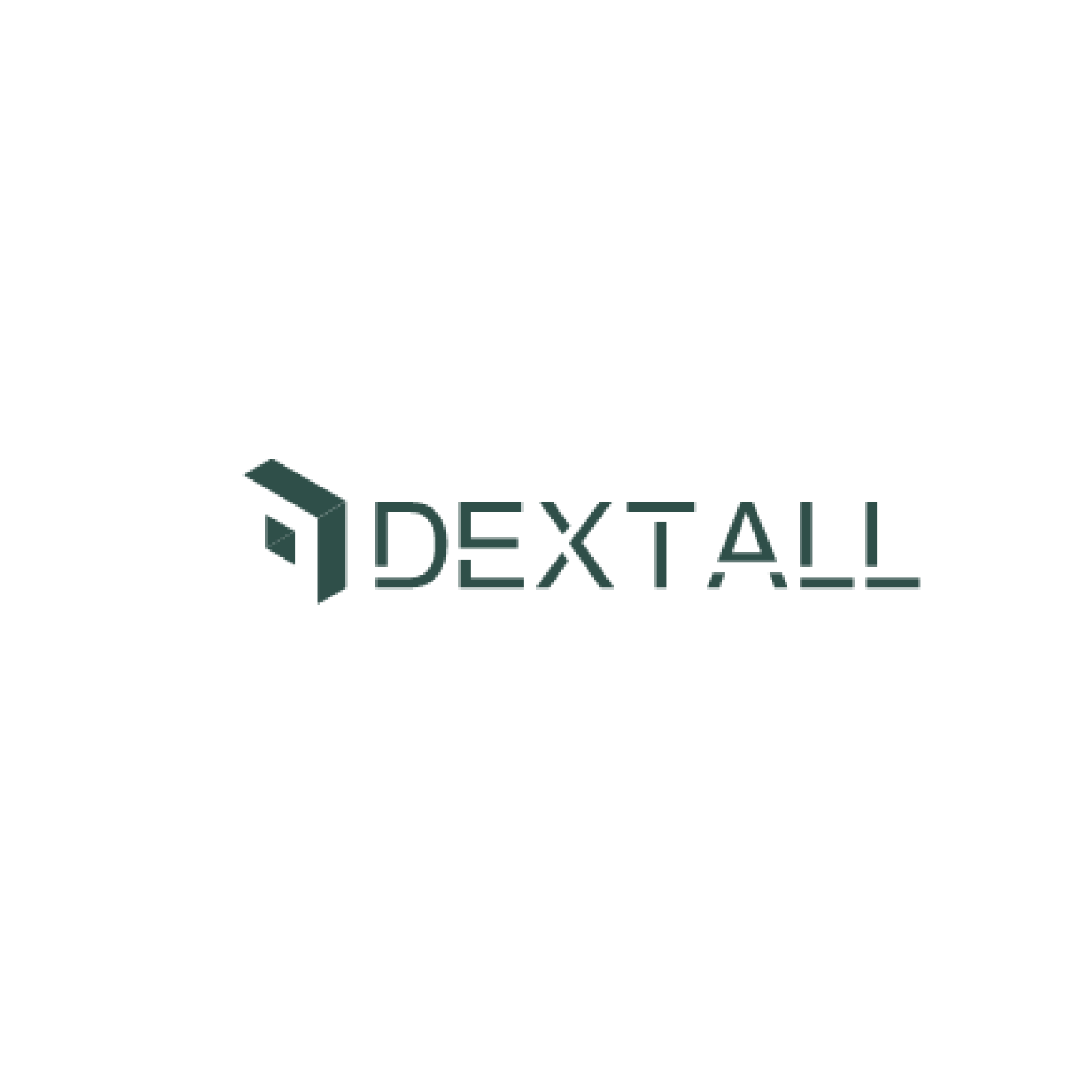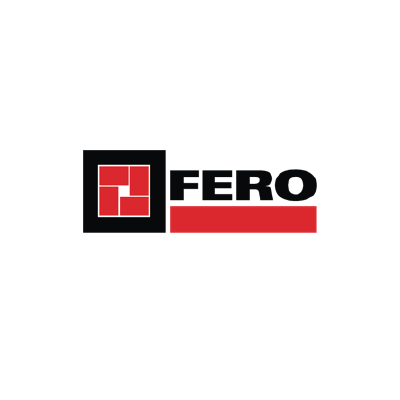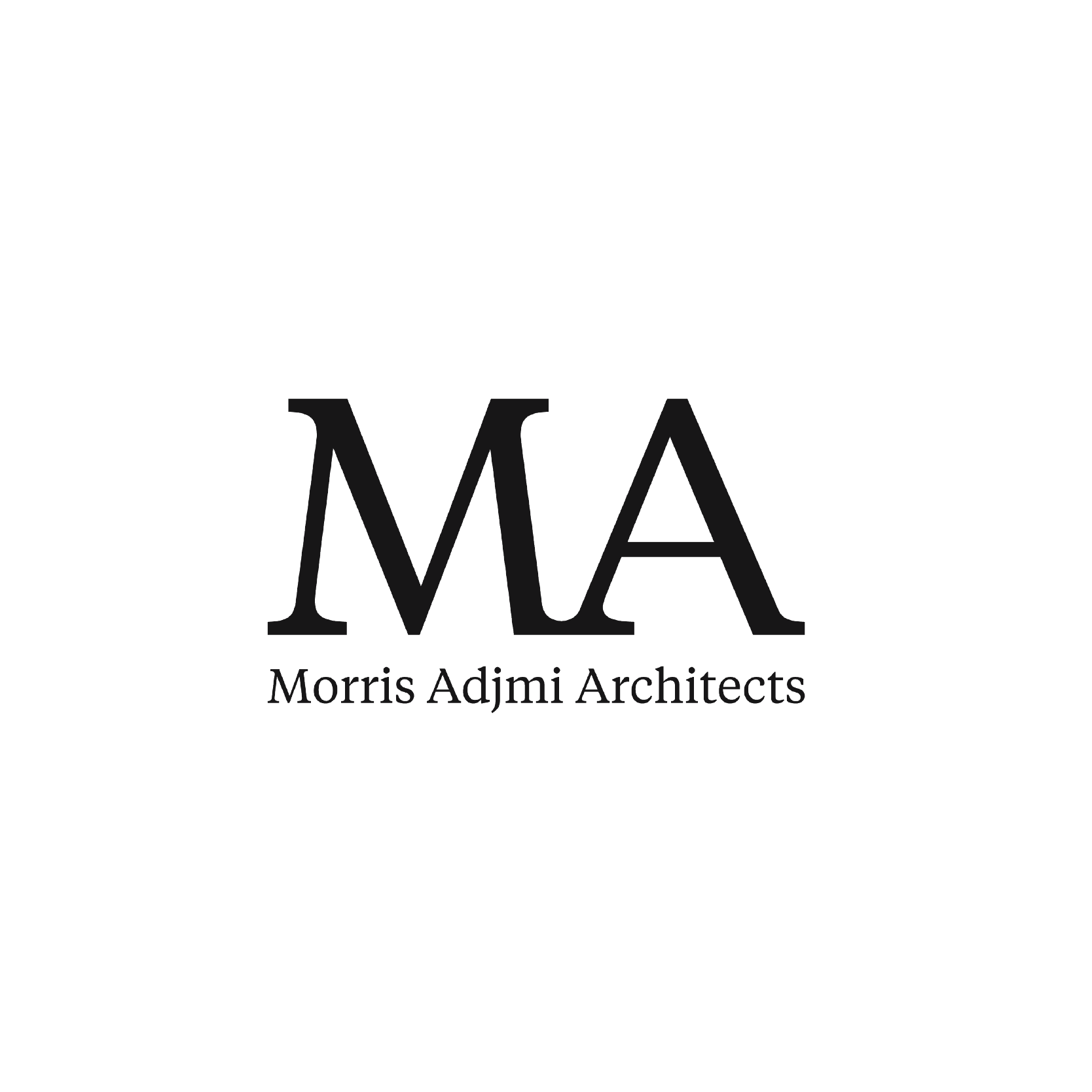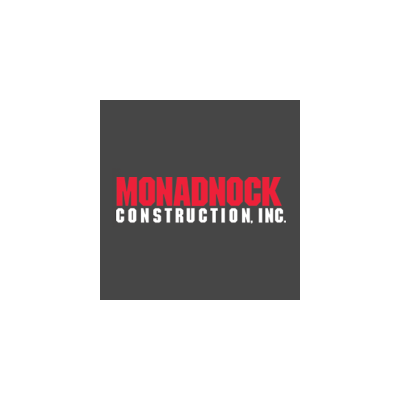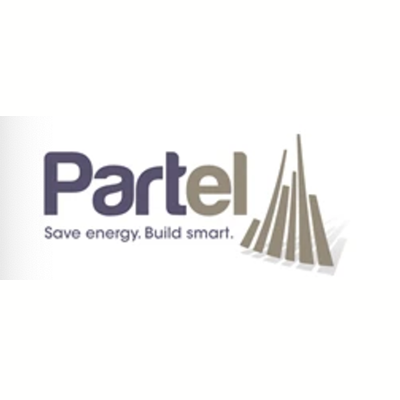Press Release, Passive House Institute, 4 August 2015
Housing complex in Innsbruck combines energy efficiency and renewables
Photo Credit: Neue Heimat Tirol
Darmstadt, Germany/Innsbruck, Austria. The combination of energy efficiency and renewables is the future-proof solution for all buildings, including multi-storey projects – this is demonstrated with a new build in Innsbruck: the apartment complex is the first of its kind to be certified as a Passive House Plus building. This concept is not just based on a theoretical annual energy balance, which is misleading in practice; instead, the actual amount of regionally and seasonally available renewable energy is taken into account so that a completely sustainable supply system becomes possible. The certificate was presented to the building developers, the housing association “Neue Heimat Tirol”, in Innsbruck on Tuesday.
“The question whether it is possible to supply a residential building completely through renewables, throughout the entire year, has clearly been answered by ‘Neue Heimat Tirol’: yes, it works “, says Dr. Wolfgang Feist, Director of the Passive House Institute. The proven efficiency of the Passive House Standard forms the basis for this. Thereby, the energy demand is so small that the renewably energy generated in the surrounding area is sufficient even in winter. “The often cited ‘annual net-zero’ balance is not helpful in the search for a viable concept for energy assessments of buildings, because until now, it is hardly possible with justifiable effort to store surplus heat or power that is produced in the summer for use in the winter”, explains Feist. “This problem has now been solved with Passive House Plus.”
The housing complex “Vögelebichl” in Innsbruck consists of two new builds connected through an underground garage. In the southern building, certified as to the classic Passive House Standard, there are 10 apartments. In the northern building, which has been certified as a Passive House Plus, there are 16 apartments and four storeys. The “Plus” in the energy concept of this building is using a ground water heat pump, a solar thermal system and a photovoltaic installation. On the other side of the balance, the proven basic principles of the Passive House Standard apply in both building structures in order to keep the demand low: proper ventilation, triple glazing, excellent insulation, an airtight building envelope and thermal bridge free construction.
The certification class Passive House Plus is introduced as part of an upgrade to the design tool PHPP, the English version of which will be released later this year. In this category, the upper limit for the total demand for renewable primary energy (PER) is 45 kWh/(m²a). At the same time, at least 60 kWh/(m²a) of renewable energy must be generated – with reference to the projected footprint of the building. As in a Passive House Classic, the space heating demand may not exceed 15 kWh/(m²a). A single-family house in southern Germany was recently certified as the world’s first Passive House Plus; in the meantime, a detached house in Lohfelden near Kassel (Germany) has also met the criteria for this.
“Another important step forward has been taken with the first residential building as a Passive House Plus”, says Feist. “Considerable energy savings can be made in this way on a large scale.” However, that is not the only advantage of the Passive House Standard. “Experience has shown that Passive House buildings stand out due to their particularly high level of comfort and excellent structural protection, and are therefore an attractive investment for the future.” In combination with the generation of renewable energy, they already fulfil the EU’s Nearly Zero-Energy Building (NZEB) requirements for the future.
A selection of photos: www.flickr.com/photos/passive-
Regular Passive House related news updates: www.twitter.com/the_iPHA
Press Release as pdf: www.bit.ly/1N7gflO


